

The Tropico series has always been a unique entry in the genre of city building games. Criticism from fans was high after Tropico 4 was labeled as “more of the same,” doing little to distinguish itself from previous titles. Does Tropico 5 introduce enough new elements to keep veterans satisfied while remaining fresh and new? For the most part, yes.
After four games and numerous DLC installments, it’s easy to dismiss Tropico 5 on the surface as a graphical upgrade. There are several new features to the core gameplay (that has largely been left unchanged) that try to distance Tropico 5 from previous iterations. While it remains true to its predecessors with its peaceful island setting, humor and moral ambiguity, there are enough changes to make it worthy of note.
Players takes control of El Presidente, a leader of a small Caribbean island where you must balance scores of various tasks and responsibilities. Some of these tasks benefit your people directly, some serve the interests of your flagship nation (the “Crown”), and others serve the revolutionary elements of your small cadre of citizens. Balancing these is critical to El Presidente’s success as pleasing one faction can have dire ramifications with another. For newcomers to the series, the tutorial is serviceable in part but can be frustrating. It gives new players key surface level information but the advanced concepts and mechanics are not covered or taught, so trial and error, and hitting the forums might be the only way to fully learn how to play the game.
One of the major element changes to the tried and true city builder formula in the series is the inclusion of five different eras. These eras are a welcome change to the series, providing needed structure and pacing to the game. Players begin as a simple governor in the Colonial era, assigned by the Crown of your host nation to serve their interests. Accomplishing tasks by the Crown will lengthen your mandate (which can run out, meaning you are unceremoniously disposed), but independence is the primary goal. A careful balance of building up resources must be weighed with how long the player has to actually accomplish the task of breaking the yoke of imperial bondage.
Tropico 5 has five total eras, with the aforementioned Colonial era, followed by the World Wars era, the Great Depression, the Cold War, and finally Modern Times. Each era comes with its own distinctive social and political challenges, such as placating world powers or internal ideologists, all the way down to managing your loyal (or disloyal) subjects. Are you a benevolent dictator who rushes around trying to keep the peace by ushering in new policies and issuing edicts to benefit your people, or will you pander to the strong few who will keep you in power and rule with an iron fist?
While balancing all of this can sound overwhelming, it is worthy of note to say that all of the intrigue can take a backseat as you frantically run around accomplishing task after task, checking off boxes on a list essentially, in order to advance to the next era. There is very little variety when it comes to how you achieve these tasks. Because of that, it was painfully obvious that Haemimont Games wanted to add variety to the game just for the sake of adding it, which oftentimes will force El Presidente to another island all together with a completely new primary objective. That being said, the objectives are necessary and neglecting them could mean your citizens revolt against you, or an invading foreign power swoops in to teach you a lesson.
This leads to conflict. You want to avoid this conflict as much as possible, because while Tropico 5 is a proven city builder, it’s not a great RTS game. Combat is usually short-lived but it’s not very strategic and the artificial intelligence of your military units is woefully inadequate.
One of the finer elements though is the aesthetically pleasing way the time periods shift from one to another. While the buildings and their functions mostly stay the same, they can be upgraded for more modern times. Citizens change how they look, roads change from dirt to paved, and modes of transportation shift as well. It all helps Tropico feel alive.
The Dynasty system is also new to Tropico 5 and adds a nice layer of personality to the game. Occasionally, El Presidente has the opportunity to recognize a new member of the family (sometimes in a very humorous manner), bring them into the family and assign them a special trait that can assist in the management of the island. The old phrase “blood is thicker than water” is very prevalent here — your family members don’t abandon you or raise up an army against you. They stick by your side, meaning you can use them to manage businesses or even run in an election if they happen to be more suited to the current task and situation.
Tropico 5 has also made some key updates from the other installments that greatly benefit the player. Real estate is at a premium on an island, and the developers noticed this. Farms from Tropico 4 (and the mindless manner in which they must be planted) have been replaced with plantations (for your cash crops), and they now take up a specific amount of space. There is no longer a need for both fire and police protection individually, but instead, they function as one unit (police). Road construction can be tricky at first, but once you learn how to place the roads for maximum utility, you begin to reap the benefits of a well-planned infrastructure.
If you’re expecting Tropico 5 to solve the bureaucratic nightmare of running a large empire in a city-builder, you’re going to be disappointed. Micromanagement of the island can get tricky as you spread out. Wondering why your new building isn’t being built? Perhaps there isn’t enough skilled labor. Or perhaps there aren’t enough educated citizens because the money supporting the school system doesn’t seem to be cutting it. This is commong among city building games, a natural by-product of large systems breaking down over time. Can it frustrate? Yes, it can, but hardcore city building gamers should find this familiar and be able to be dealt with.
For the first time in the series, multiplayer makes its appearance in Tropico 5. It works well too, a notable accomplishment since this is the first time it has been included in a Tropico game. Up to four players can play together, battling it out against everyone, teaming up against one another, or even playing in a co-op manner.
Ultimately, Tropico 5 features a number of improvements in an attempt to separate itself from the previous games in the series. The humor of the series remains and the addition of progressing through eras give a feeling of accomplishment. The core gameplay mechanics are largely unchanged though, but there is definitely a lot to like here and just enough change to give it a shot.
_____
Tropico 5 is available on PC now through Steam and hits retail June 3, 2014. The Xbox 360 version and Mac version are slated for Summer, and the PS4 version is slated for Fall.
Follow Matt Rowland on Twitter @MattRowland1
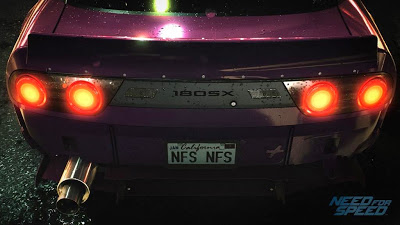
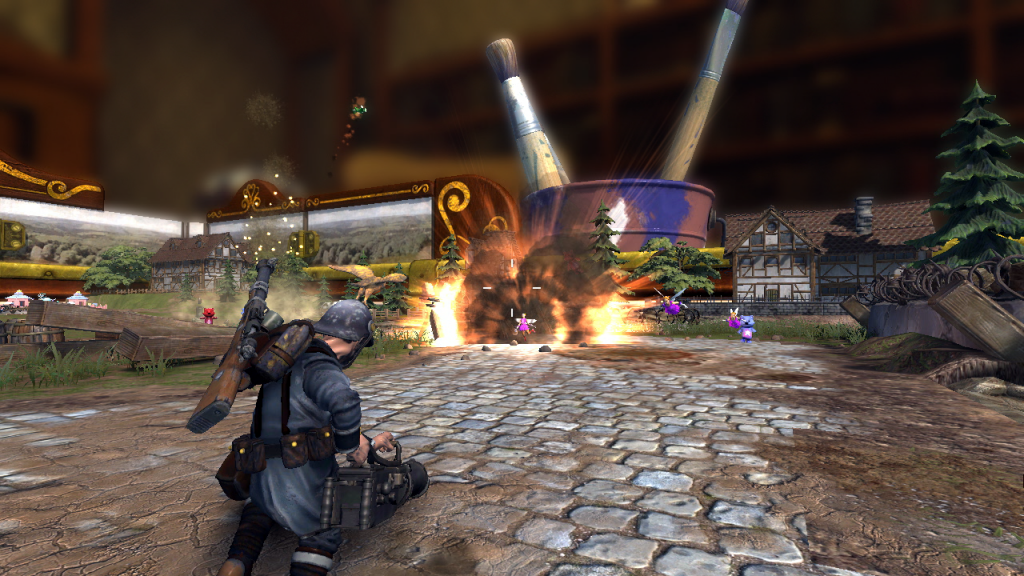
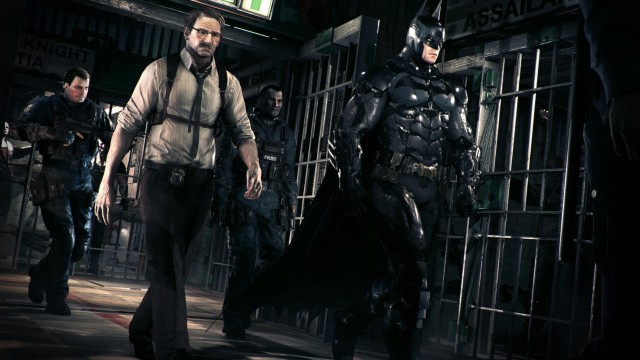

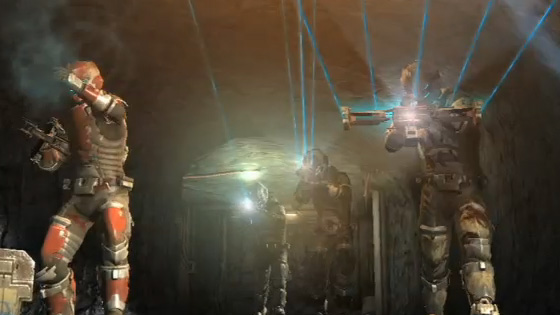 Dead Space 2 Multiplayer Guide
Dead Space 2 Multiplayer Guide 11 Immersion Shattering Moments in Gaming
11 Immersion Shattering Moments in Gaming How to Stay Motivated on Long-Term Projects and Not Give Up
How to Stay Motivated on Long-Term Projects and Not Give Up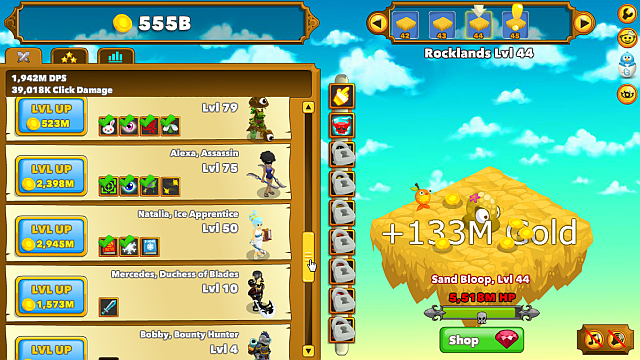 7 Free Games Where You Win By Clicking… Seriously, You Just Click
7 Free Games Where You Win By Clicking… Seriously, You Just Click 7 Gaming Accessories You Won't Believe Cost Under $10
7 Gaming Accessories You Won't Believe Cost Under $10